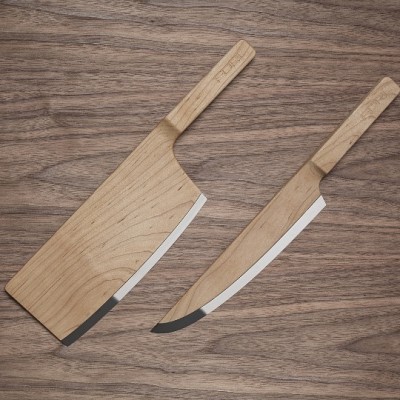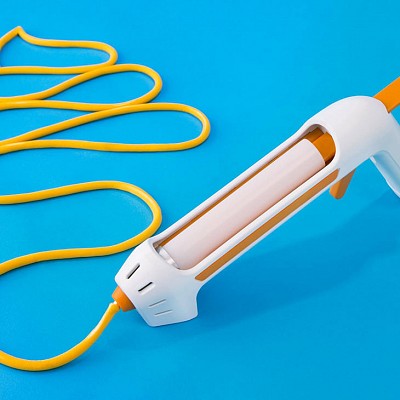How do you clean and maintain your fillet knife? Follow the instructions in this article to ensure you’re cleaning properly and not damaging the blade.
Filleting is the process of removing bones from a fish and preparing it for cooking. A fillet knife is the tool you should use to get a clean and sharp cut that makes bone removal easy. Therefore, it’s critical that chefs and home cooks alike use a high-quality blade for successful filleting. Aside from investing in high-quality blades, you should also learn how to clean and maintain your fillet knife so that it lasts for many years to come.
Invest in High-Quality Sharpening Tools
What you use to sharpen your blade can make a difference in whether you’re making the blade sharp or dull. V-notch sharpeners, butcher’s steel, and whetstones are your best options. You may need to use the whetstone first when your fillet knife has a blunt edge; the stone helps to create the knife’s edge again. The sharpeners and steel are what sharpen the blade’s existing edge to a fine point.
Sharpen the Blade at the Right Angle
The angle you use to sharpen the blade on your knife plays a role in whether your efforts make a difference. Using the wrong angle could ruin or damage the knife. For both v-notch sharpeners and butcher’s steel, the proper angle at which to hold the knife against the sharpener is 18-20 degrees.
Clean and Dry the Knife Immediately After Use
After buying the best fillet knife for fishing, you might be excited to bring it to the water and use it to clean fish as you catch. Keep in mind that you must clean and dry it immediately after each use to avoid ruining the tool. Leaving any fish or bone behind will cause the metal to rust. We recommend handwashing the blade because the dishwasher can be too harsh on the cutlery. Use mild-strength dish soap to clean, and dry the knife with a towel to remove any remaining water.
Wipe Down the Blade With Oil
Wiping down the blade with mineral or vegetable oil ensures the knife remains in excellent condition for many years. The oil creates a protective barrier between the steel of your blade and contaminants that cause corrosion and patination. Only wipe with oil after the fillet knife is completely clean and dry.
Storing the Fillet Knife
After cleaning and maintaining your fillet knife, how you store the cutlery can make a difference in the blade’s lifespan. Never store the knife in a damp environment because it will cause rusting and pitting. Keeping this tool with other knives of the same metal is your best option to avoid damage. Do not use a drawer because other objects could dull the blade; consider a knife roll or a magnetic strip.
Filleting a fish with a dull or rusting blade is never the best practice. Sharpening, cleaning, and storing this cutlery can make a difference in how well the tool performs. Follow the instructions in this article to ensure your fillet knife lasts for many years—if not generations!






































